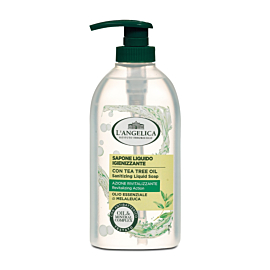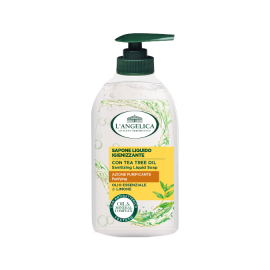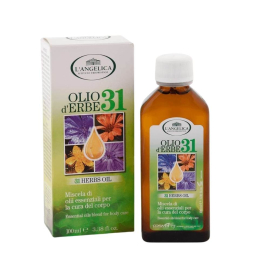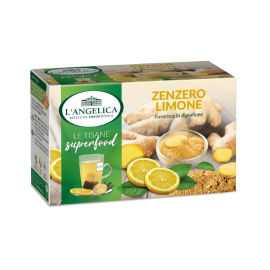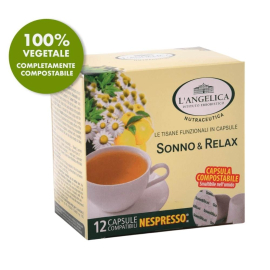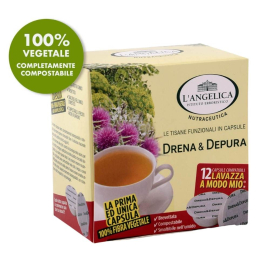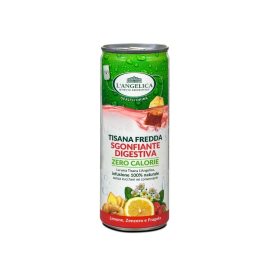FREE SHIPPING FROM 35 €
Search
Natural Ingredients
Lemon
Useful to disinfect and fight bacteria; calming.
The rind has undoubted aperitif and eupeptic properties. The high content of citro-flavonoids makes it a symptomatic of functional disorders of cutaneous capillary fragility. It is often used as a flavouring in herbal teas. Use of its essential oil is becoming more and more popular due to its tangy-flavoured tonic, antispasmodic, balsamic and antiseptic properties. Externally, lemon essential oil, in addition to its significant antiseptic and healing role, also has an effective revulsive action when rubbed locally in arthralgia, and anti-cephalgia. From a cosmetic perspective, alongside the well-known fragrance properties, widely exploited by the sector, the essence is characterised by its purifying, deodorant, tonic and skin lightening actions.
I nutraceutici
- Essential oil (2.5%): 60-75% in limonene, β-pinene (8-12%), γ-terpinene (8-10%) ...
- Flavonoids (neoesperidosidi, rutinosidi of hesperetin and naringenin)
- Carotenoids; coumarin derivatives
- Organic acids (citric and others); pectins
From a cosmetic perspective, alongside the well-known fragrance properties, widely exploited by the
Although it is the symbol of Mediterranean, its origins, in fact, are to be found in India, China and the Himalayas. It was brought to the Mediterranean by Arab populations (its name comes from the Persian "Limu")
Antiseptic, astringent, digestive and thirst-quenching.


